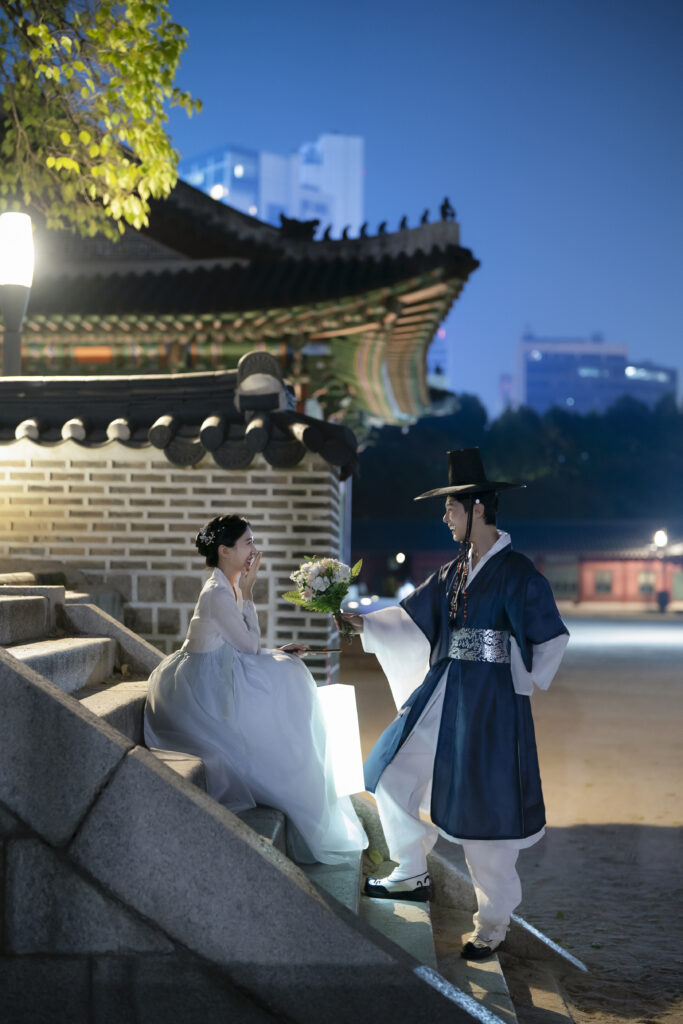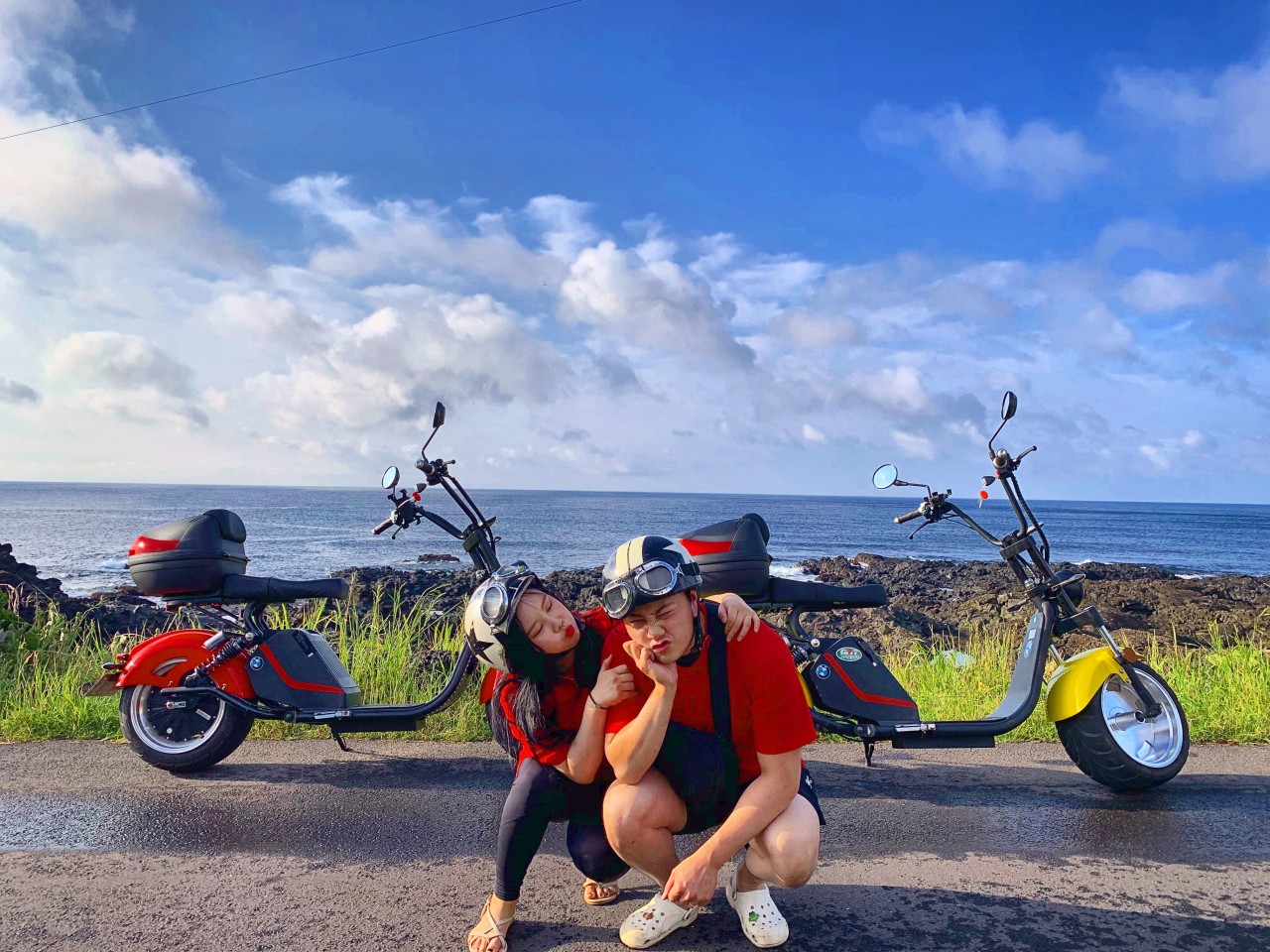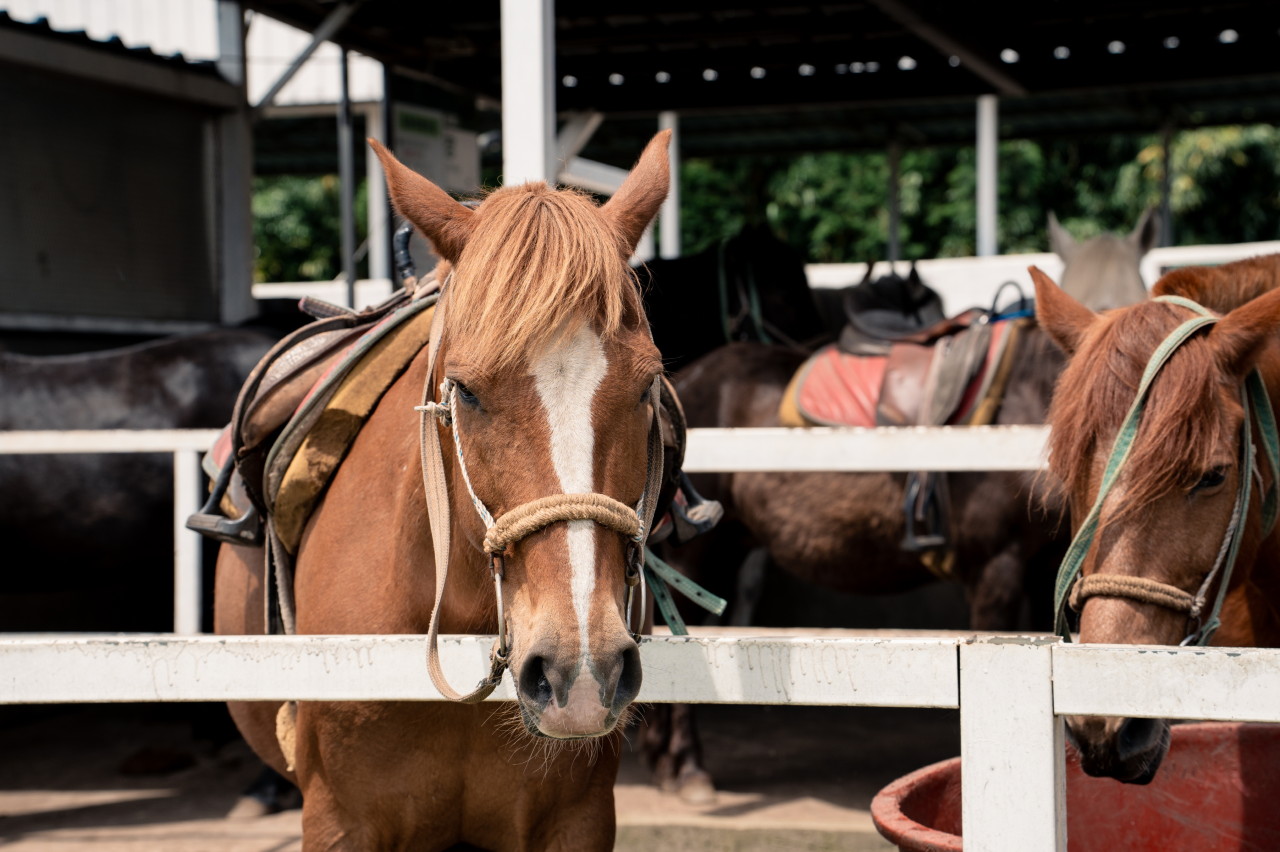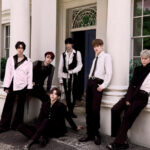Now Reading: Korea Pojangmacha (aka Yajang) — Your Ultimate Nightlife Guide
-
01
Korea Pojangmacha (aka Yajang) — Your Ultimate Nightlife Guide
Korea Pojangmacha (aka Yajang) — Your Ultimate Nightlife Guide
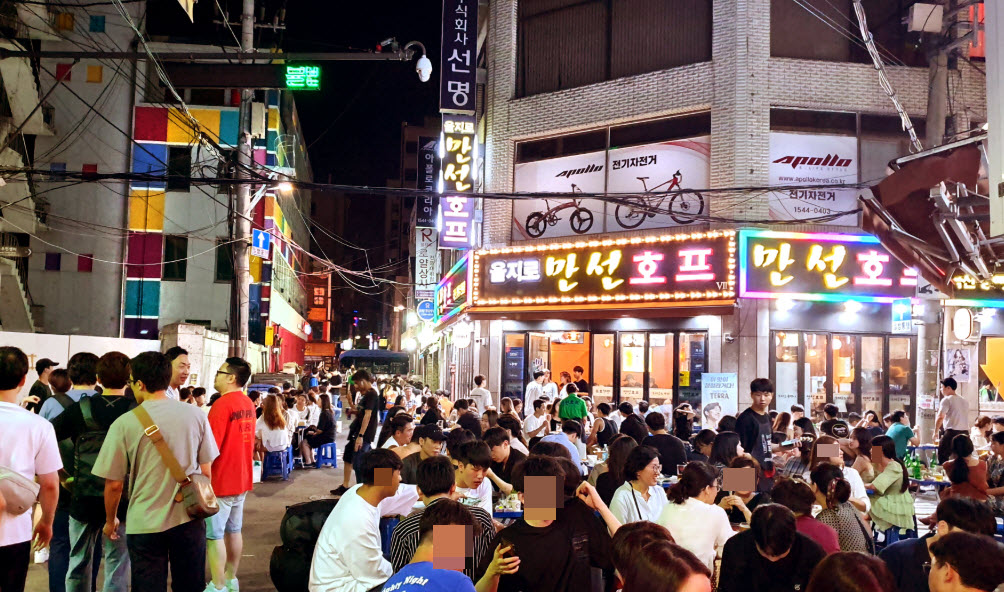
Korea Pojangmacha is a uniquely Korean way to experience the country’s vibrant nightlife
Okay, let’s talk. You’ve seen it in literally every K-drama, right? The heartbroken chaebol heir, the tough-as-nails female lead, the goofy best friend—they all end up in that glowing orange tent, pouring out their feelings over little green bottles of soju. It’s iconic. It’s cinematic.
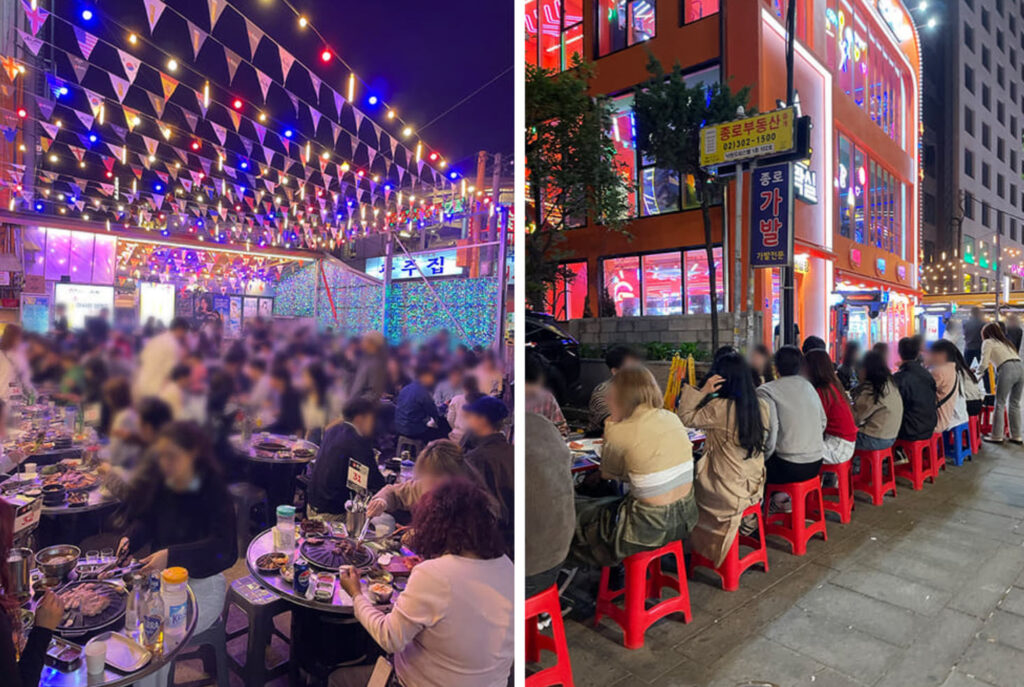
I came to Seoul half-expecting to stumble into one of these scenes on my first night. And while I didn’t exactly end up counseling a sad CEO, I discovered that the real korea pojangmacha experience is a million times better, messier, and more delicious than anything you see on screen.
But here’s the thing: it can also be super intimidating for a foreigner. The menus are confusing, the rules are unwritten, and yes, the tourist-trap horror stories are real.
So, I’m here to spill all the tea (or should I say soju?). This is your ultimate guide to conquering the Korean pojangmacha, from what to order to how to avoid getting totally ripped off.
First Up: What Even IS a Pojangmacha?
Before you dive in, let’s get the basics down. korea Pojangmacha (포장마차) literally means “covered wagon.” Think of it as a pop-up restaurant/bar housed in a tent, usually made of orange or red tarp. These things are a legit piece of Korean history, popping up in the 1950s after the war. They started as simple carts selling snacks and shots of soju to working-class people.
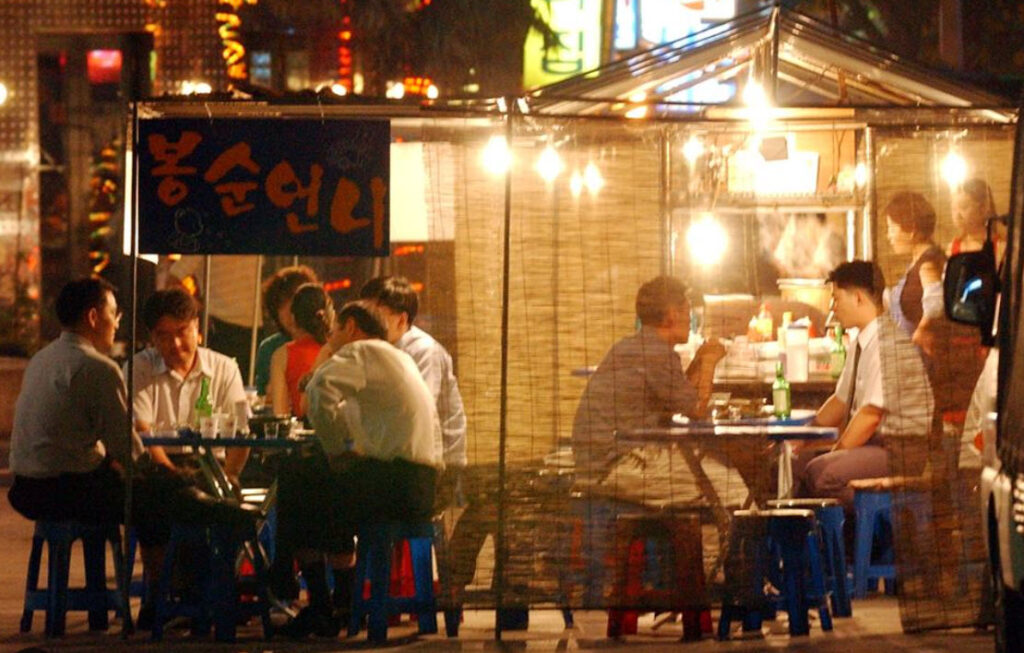
Today, they’re a beloved institution—a place where you go for the second round of drinks (i-cha, 이차), to have loud, heart-to-heart conversations with friends, or just to soak up the electric energy of a Seoul night. It’s not about fine dining; it’s about raw, unfiltered vibes.
The Vibe Check: Real Talk from the Socials
Don’t just take my word for it. The internet has feelings about pojangmacha. Here’s a peek at the chatter:
📱 TikTok is for the Aesthetics:
@SeoulSeeker22: ✨ K-DRAMA MOMENT IS REAL ✨ The orange tent glow in Euljiro is everything! Seriously, just listening to the sizzle of the grill and the clinking soju glasses is a whole vibe. 10/10 will be romanticizing this night for weeks. #seoulnightlife #pojangmacha #kdramavibes #southkorea
✖️ X (formerly Twitter) Gets Straight to the Point:

@KimchiKritic: Hot take: korea Pojangmacha isn’t about cheap food, it’s about the atmosphere. The gyeranmari (rolled omelet) slaps every time. But if you’re looking for budget eats, a regular restaurant might be cheaper. You pay for the experience. #seoulfood #pojangmacha
🧑💻 Reddit Keeps It 100% Real:
u/Gopchang_Hunter: “PSA for anyone hitting up Jongno 3-ga: it’s an amazing experience but ASK FOR PRICES FIRST. No menu? Red flag. I saw a group of tourists get charged ₩50,000 for some seafood that should’ve been half that. Find a tent packed with locals in suits (ajusshis). They know the legit spots. Don’t let a bad apple ruin the whole experience for you.”
The Menu: A Noob’s Guide to Anju (Drinking Food)
Walking into a korea pojangmacha and staring at a handwritten menu in Korean is a humbling experience. The food here is called anju (안주), which basically means food you eat while drinking. It’s all meant to be shared.
Here’s a cheat sheet, broken down by bravery level.
Level 1: The Safe Bets (Your Gateway Drug)
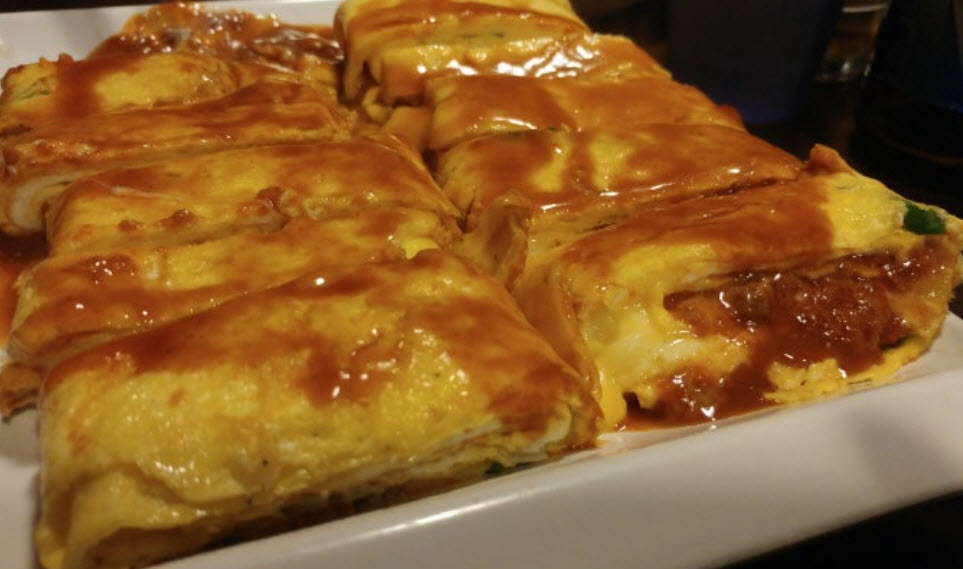
- Gyeran-mari (계란말이): This is your best friend. It’s a giant, fluffy rolled omelet, sometimes stuffed with cheese or veggies. It’s savory, comforting, and impossible not to like.
- Udon Guksu (우동 국수): A warm, thick noodle soup in a savory broth. On a chilly Seoul night, this is like a hug in a bowl. You can’t go wrong.
- Jeon (전): Savory Korean pancakes. You’ll usually see Haemul Pajeon (seafood and green onion) or Kimchi-jeon (kimchi pancake). They’re crispy, a little greasy in the best way, and perfect for soaking up soju.
Level 2: Level Up (For the Adventurous Eater)
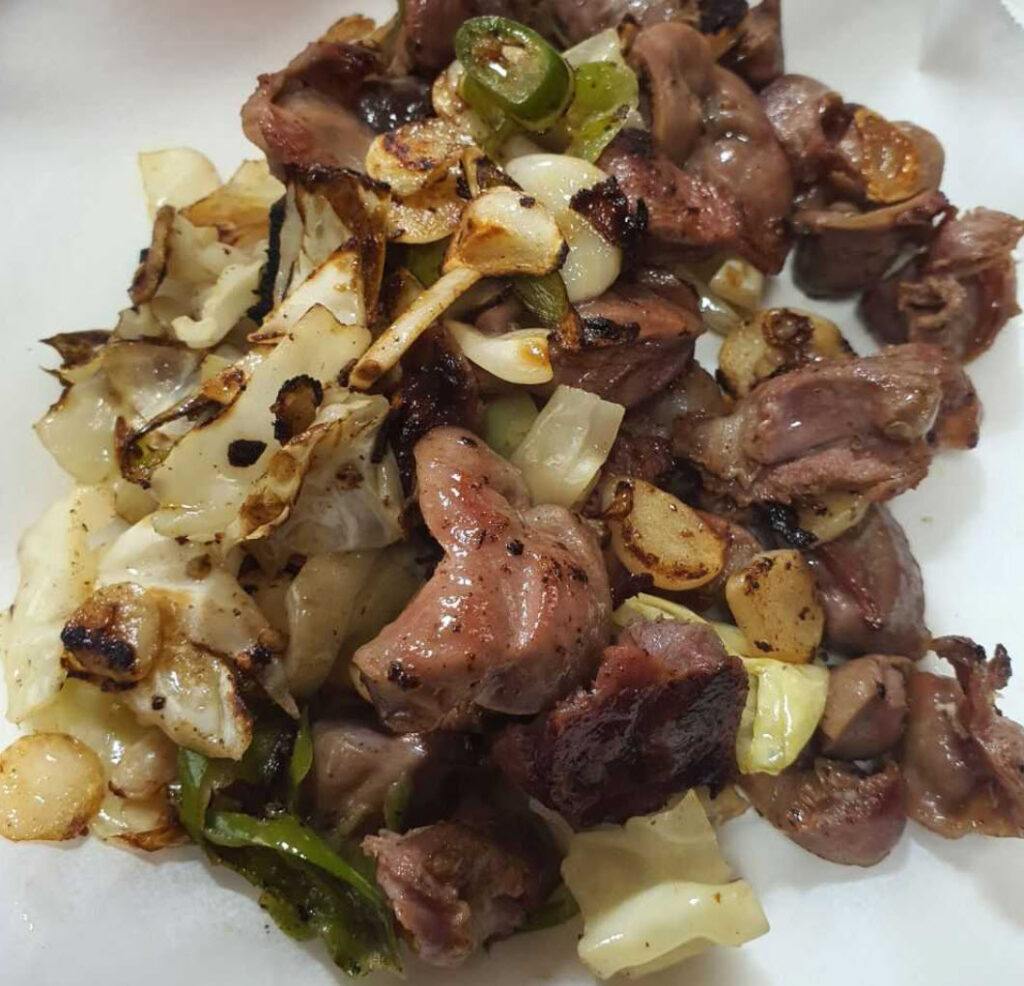
- Dakbal (닭발): Okay, here we go. This is spicy chicken feet. Yes, feet. They’re fiery red, coated in a gochujang-based sauce, and have a unique, chewy texture. Don’t knock it ’til you try it.
- Dak-ttongjip (닭똥집): Stir-fried chicken gizzards. It sounds… intense. But the name is the weirdest part. They’re actually super savory and have a firm, bouncy texture, usually stir-fried with garlic and peppers.
- Kkomjangeo (꼼장어): Grilled hagfish. This is a pojangmacha classic. It’s seasoned and grilled right in front of you, and it’s all about the chewy texture.
And to drink? You get Soju or Beer (Maekju). Or, you do what the locals do and mix them to make Somaek (소맥).
SURVIVAL GUIDE: How Not to Be a Helpless Tourist
This is the most important part of the post. Read it. Memorize it. Thank me later.
The Golden Rules
- CASH. ONLY. I cannot stress this enough. Ninety-nine percent of pojangmachas are cash-only businesses. Some might take a bank transfer if you have a Korean account, but don’t count on it. Hit the ATM before you go.
- There Are No Bathrooms. These are tents on a sidewalk. You’ll need to use a public restroom in a nearby subway station or building before you settle in. Plan accordingly.
How to Avoid Getting Ripped Off (The Real Tea)
Okay, let’s talk about the elephant in the room: overcharging. It happens. It especially happens to foreigners who look lost and confused. After a big scandal in late 2023 where vendors in Jongno were caught charging exorbitant prices, things have gotten a bit better, but you still need to be smart.
Here’s your anti-scam playbook:
- Look for Posted Prices. This is the #1 rule. If a tent has a clear, visible menu with prices, you’re likely in a good spot. If there’s no menu at all, be cautious.
- Ask Before You Order. If you don’t see a price, point at what you want and ask the magic words: “Igeo eolmayeyo?” (이거 얼마예요? / How much is this?). Do this before they start cooking. A friendly smile goes a long way.
- Follow the Locals. My golden rule for everything in Korea. Is the tent packed with Korean office workers (they’ll be in suits) or groups of local friends? That is your spot. They wouldn’t be there if the place was a rip-off. Avoid empty tents or tents where the owner is aggressively trying to pull you in.
- Manage Your Price Expectations. korea Pojangmacha food isn’t always dirt cheap. You’re paying for a prime spot and a unique experience. A dish can cost anywhere from ₩15,000 to ₩25,000 ($12-$20 USD). The issue isn’t the price itself, but when it’s hidden or unfairly inflated for tourists.
- While rip-off prices are not common in Korea, you might frequently encounter them at a pojangmacha (street food stall). If you don’t have a savvy Korean friend with you, you could end up paying a much higher price
Where to Find These Magical Tents
You can find pojangmachas all over Seoul, but two neighborhoods are legendary.
| Location | Vibe & Crowd | What It’s Famous For |
|---|---|---|
| Jongno 3-ga (종로3가) | Old School & Authentic. This is the classic K-drama spot. A bit gritty, packed with older Koreans, and has a timeless feel. Find the main strip near exits 3, 4, & 5. | The “OG” pojangmacha experience. A huge variety of classic seafood and anju. |
| Euljiro (을지로) | Trendy & Young. Nicknamed “Hip-jiro,” this area attracts a younger, artsier crowd. The vibe is electric and a bit more modern. | Famous for “Nogari Alley,” where tons of spots specialize in nogari (grilled dried pollack) served with an amazing spicy mayo dip. |
The Final Verdict
A night in a pojangmacha is an essential Seoul experience. It’s loud, it might get a little messy, and you’ll probably have to use Google Translate to order. You might be cold, you’ll definitely smell like grilled food, and you’ll be sitting on a plastic stool that’s seen better days.
And it is absolutely, 100% worth it.
So grab some cash, practice your one Korean phrase, and dive in. You’ll leave with a full stomach and a story you can’t get anywhere else. You might not run into a K-drama star, but you’ll capture a piece of Seoul’s true, beating heart.












